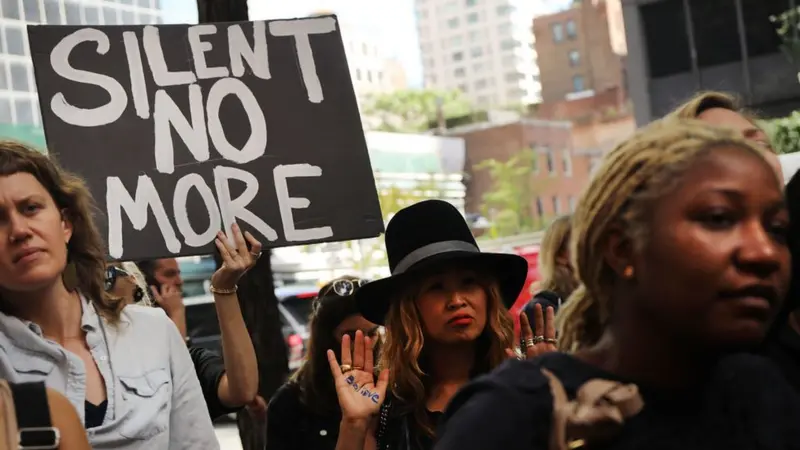According to data from various sources, including Wikipedia's compilation of human body weight by country (which cites a 2013-2014 measurement study), the average weight for women in Pakistan is around 59.0 kg (130.1 lbs). It's important to remember that this is an average, and individual weights caRead more
According to data from various sources, including Wikipedia’s compilation of human body weight by country (which cites a 2013-2014 measurement study), the average weight for women in Pakistan is around 59.0 kg (130.1 lbs).
It’s important to remember that this is an average, and individual weights can vary significantly due to factors such as:
- Height: As seen with men, average weight is influenced by average height.
- Age: Weight can change with age due to various factors like metabolism shifts and lifestyle changes.
- Genetics: Genetic predisposition plays a role in body composition.
- Lifestyle: Diet, physical activity levels, and overall health habits are major determinants of weight.
- Socioeconomic Status and Nutrition: Access to nutritious food and overall living conditions can impact average weight across populations.
For context, a report on the “STATUS OF WOMEN IN PAKISTAN” mentions that only 39% of women in Pakistan fall within the normal weight range, with 9% being underweight, 30% overweight, and 22% obese. This highlights the wide range of weights within the female population.
See less


It's a common misconception that Pakistan only relies on foreigners to promote tourism. While the Pakistani government has certainly invested in inviting international social media influencers and travel bloggers to showcase the country's beauty, this is part of a broader, multi-faceted strategy. HeRead more
It’s a common misconception that Pakistan only relies on foreigners to promote tourism. While the Pakistani government has certainly invested in inviting international social media influencers and travel bloggers to showcase the country’s beauty, this is part of a broader, multi-faceted strategy. Here’s why and what else they are doing:
Why the Focus on Foreigners (Historically/Initially):
Why it’s NOT “Only” Foreigners and What Else Pakistan is Doing:
Pakistan’s National Tourism Strategy (2020-2030) and various initiatives demonstrate a comprehensive approach that includes:
In summary, while foreign influencers have played a crucial role in changing perceptions and generating international interest, Pakistan’s tourism strategy is far more comprehensive, encompassing significant efforts to promote domestic tourism, develop infrastructure, and enhance the overall tourism experience for everyone.
See less